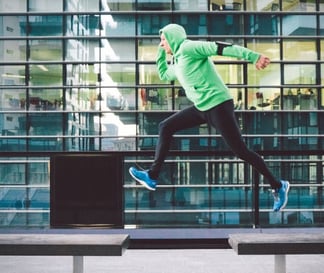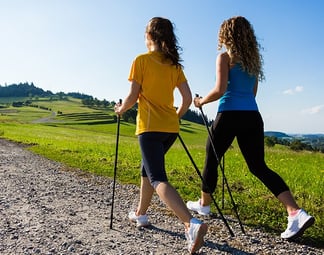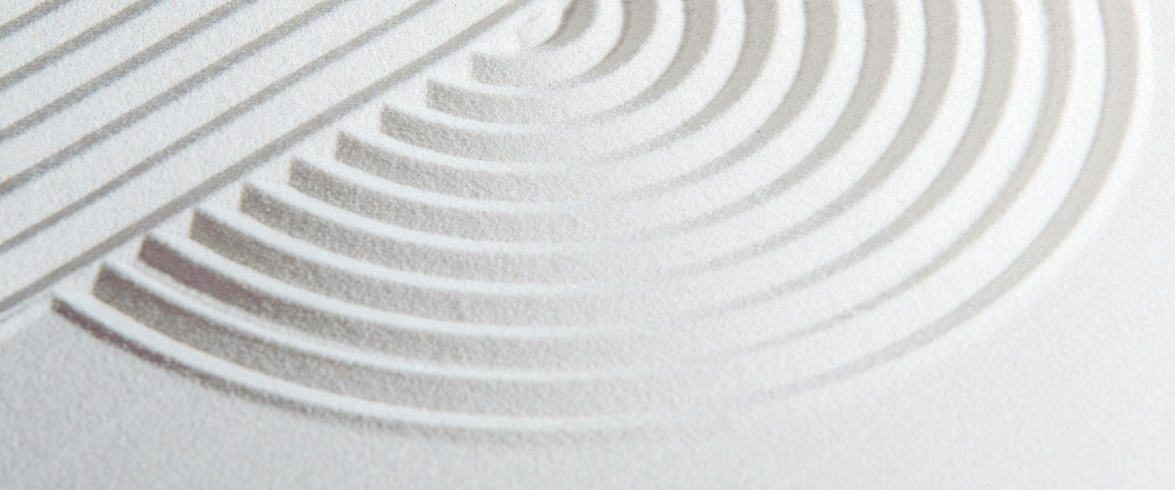It was great to see how well our AWESOME Members did during our last SHIFT - Walking challenge back in October. They managed to walk a total of 20,027,857 steps - that's about 15,261 kilometres or 9 1/2 times the length of New Zealand.
Well done everyone who took part and to the winners, congratulations!!!
Now that we have a new Walking Challenge starting in March we want to keep the motivation going. So, the team at Synergy Health have written some handy articles on how to improve your walking.
Here is their 5 tips - see if it makes a difference.
The foundation of our 'Move Slowly Lots' Healthy Habit is walking. Upright, bipedal walking is the signature movement pattern of humans, with learning to walk being a celebrated event in our growth and development. You just put one foot in front of the other. Sounds simple, right?
Yet it is a movement pattern that many people struggle to do well. Perhaps it is the effect of being chair and desk-bound for much of the day that leaves us moving in a very stiff and wooden fashion. Footwear has a significant impact too, with stiff, heavy, narrow, and high-heeled footwear all making our natural walking movement far more strained than it should be. Technology too can play a role, with the ubiquitous use of handheld devices shifting our posture as we try to keep up with the happenings of 'InstaTwitFace' as we go on the march (think necks craned forward and chests caved in as we move around like hunchbacks).
So, time for a walking lesson with the goal of spending more time this week walking freely and naturally, without your face pushed into your screen devices.
1. ALIGNMENT
The form and efficiency of your walking are directly proportional to the quality of your posture. What is good posture? It’s when your body weight is supported by your bones, ligaments, and tendons, and the imaginary dots at your ankle, hip, and shoulder are all connected in a straight line. When those dots are out of alignment even slightly, your muscles need to do much more work than they should to hold you upright.
The most noticeable aspect of this is your head position relative to your shoulders. Think of your head like a 5kg bowling ball balanced on your neck. It only needs to move a small distance forward to exert a large force, especially on your neck and shoulder muscles. Begin by aligning your posture, making sure your spine is long, tall, and straight. Check that your ears are in line with your shoulders (not in front), your shoulders align with your hips, and your hips align with your ankles.
2. ENGAGEMENT
We move with our legs and arms in a coordinated fashion, and as mentioned in #1, we need to balance a bowling ball on our shoulders as we do. Linking all of these segments together is our torso (often called our ‘core’). This core includes our spinal muscles, abdominal muscles, and those around our hip joints, especially our glutes. Now imagine if your head, arms, and legs were connected to a soggy noodle where your spine is. Without a strong connection linking the parts, it is difficult to walk in a rhythmic fashion with good posture.
From a standing position, set your feet hip-width apart and parallel, relax your feet and soften your knees. Then make your spine as long as you can by elongating your spine as though a string were attached to the crown of your head and was being pulled gently up to the sky. Next, to level your pelvis, place a hand on your belly, with your thumb at your navel and your fingers just above your pubic bone. Activate the pelvic muscles under your fingers so that your pelvis tilts. Imagine that your pelvis is a bowl of water; lift enough to keep the water from spilling out either the front or the back. If you are not sure which muscles to use here, you’ll find them easily if you laugh or cough.
3. FOOTSTRIKE
Your feet should land heel first with each step. You should then roll through the foot and push off with your toes. Imagine showing someone walking behind you the soles of your feet as you lift off from each step. If you hear a slap-slap when your foot lands, you’re landing too abruptly, rather than rolling smoothly. Your feet also shouldn’t make any scuffing noise as you drag your feet along.
Footwear choice is essential to this step (all the steps in fact). Heavy and stiff shoes will not allow the foot to move the way it should. High-heeled shoes (male or female varieties) also disrupt this natural stepping action. Women’s high heel shoes, in particular, disrupt postural alignment. Try to spend as much time as possible in bare feet or flat shoes, especially when learning good posture and walking form. Doing this will help to address any imbalances.
4. BALANCE
Physical balance is essential for developing a healthy, efficient walking form. When you are physically balanced, it takes less effort to create and sustain the movement. Your body weight is always centred over your leading foot. This way, when you take a step, you are moving your centred torso over the top of this foot, rather than extending your feet and using your legs to reach out and pull you along. When you are physically balanced, you are not only more efficient in your walking; you are safer too, with much less potential for falling down or getting injured.
5. COMMITMENT
Now that you are aligned, centred in your engaged core, balanced over your feet, and have your destination in mind, you are ready to move forward. This is where the shoe rubber meets the road. Make a commitment to take short walks frequently, logging quality steps to good health and fitness. Each time you get up for a walk, try to be mindful of your first 10-20 steps so that your forward movement has balance, purpose, and direction.
More articles about walking
Also if you need more motivation or information about getting out and walking we have featured some more relevant articles from GoodForYou about Walking below:
Article 1
7 POWERFUL WAYS TO MAKE WALKING MORE EXCITINGWalking doesn't need to be boring. We've got some great ways to make it more exciting than ever.
|

|
Article 2
4 WAYS TO UPGRADE YOUR WALK TO A WORKOUTFind out our tips to move your walk to a more intense work out.
|

|
Article 3
30 MINUTE POWER WALK PLANGet your steps up and beat the walking boredom with this power walk plan. |

|
Article 4
FIND YOUR WALKING & RUNNING MOTIVATIONResearch shows walking for as little as 5-16 minutes can enhance your problem-solving skills
|

|




